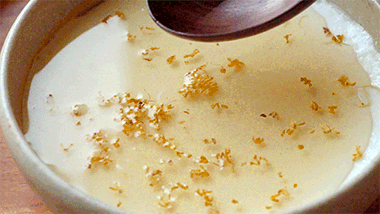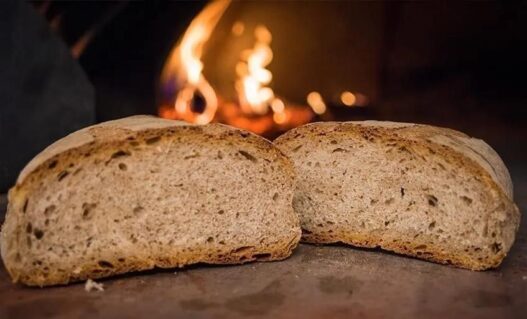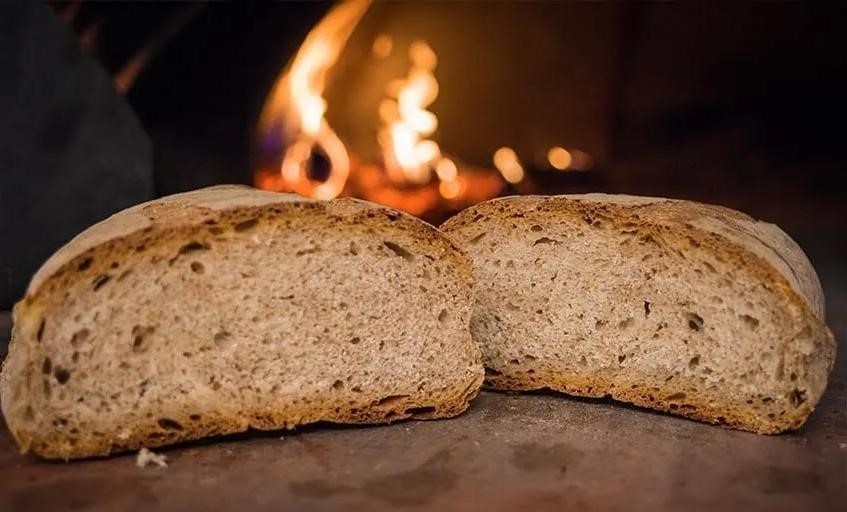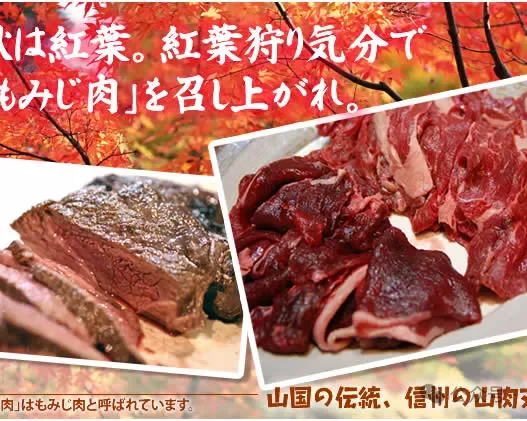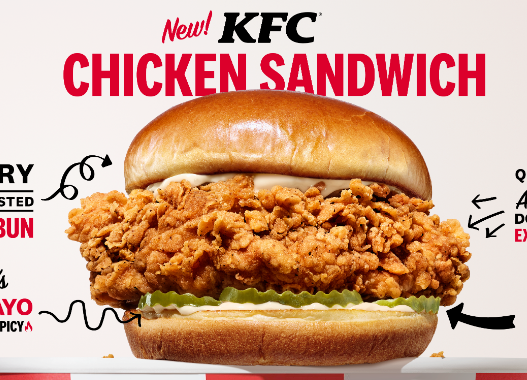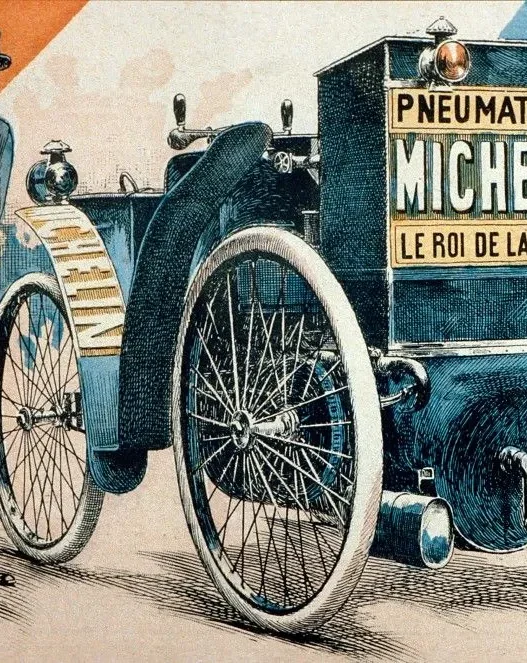For centuries, bread and beer have been inseparable in human history. Some even call beer “liquid bread” and bread “solid beer”—similar to the way tofu and soy sauce come from the same source but offer different textures.
But how did these two essential foods evolve together? And what hidden secrets of civilization do they carry? Let’s uncover the fascinating connection between bread and beer!
The Seven Grains That Shaped Human Civilization
Throughout early agricultural history, humans relied on seven key grains for sustenance:
- Barley
- Wheat
- Oats
- Sorghum
- Corn
- Rice
- Millet
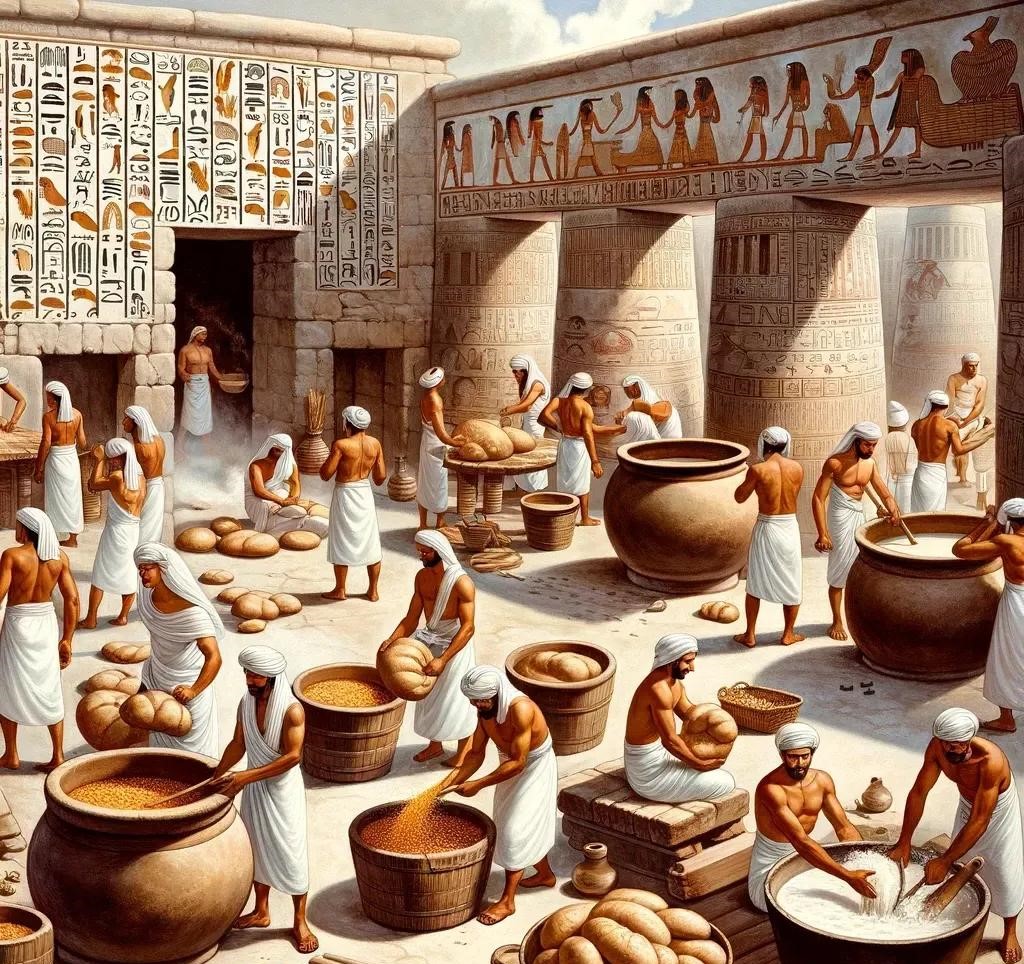
Each region developed its unique way of processing these grains. In the Middle East and Ancient Egypt, before the advent of bread, grain consumption revolved around two basic methods:
- Boiling grains into porridge
- Grinding grains into flour and making flatbreads
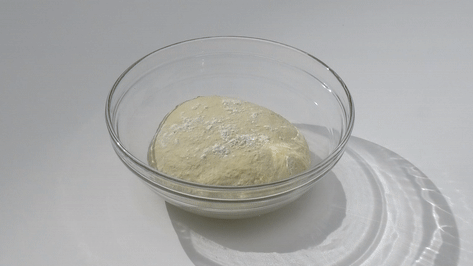
Wheat’s Special Gluten Secret
Unlike rice, millet, corn, and sorghum, wheat contains gluten, a protein that creates an elastic network when mixed with water and kneaded. This network traps the carbon dioxide produced during fermentation, making wheat-based bread much softer and airier compared to other grains.
Barley and oats also contain gluten, but barley lacks elasticity, and oats have too little gluten to form a good bread structure. That’s why early civilizations primarily used barley for beer rather than bread.
Wheat, on the other hand, was unknowingly destined to become the world’s favorite baking grain, simply because of this unique gluten trait.
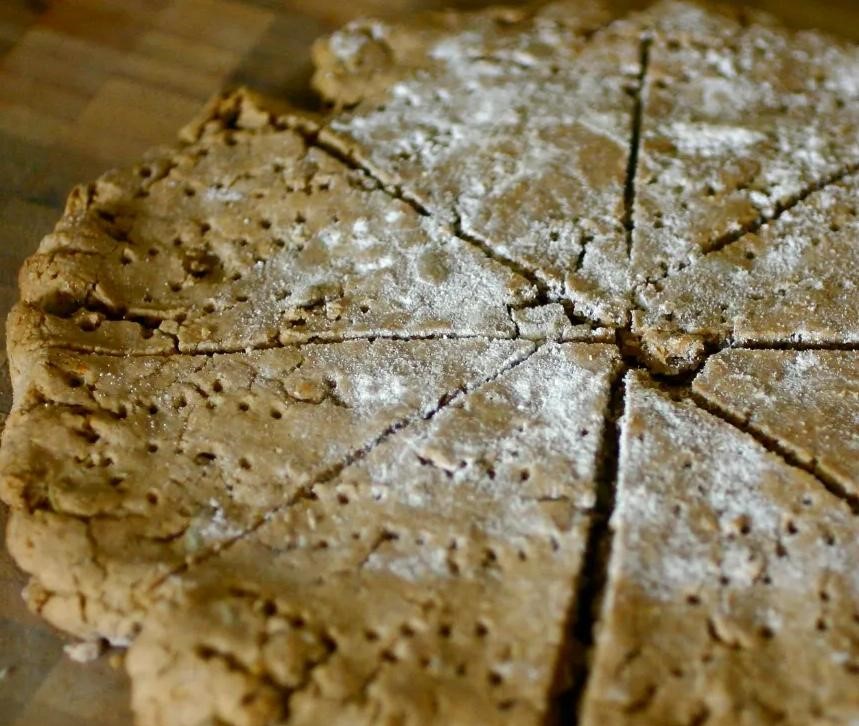
The Accidental Discovery of Bread in Ancient Egypt
Although the Ancient Egyptians are credited with inventing leavened bread, they initially used wheat much like other early civilizations—grinding it into flour for porridge and flatbreads.
However, Egypt’s Nile River created an agricultural advantage that set the stage for a major breakthrough:
- June to September: The Nile floods, preventing farming activities.
- October to February: The floods recede, leaving fertile soil perfect for growing wheat.
- March to May: The dry season allows for harvesting before the next flood cycle.

This natural irrigation cycle made wheat extremely abundant in Egypt. With surplus wheat, it was inevitable that someone would accidentally leave dough out overnight, leading to fermentation by wild yeast in the air.
Imagine an Egyptian baker leaving a batch of dough uncovered overnight, only to return the next day and find it slightly puffed up. Unaware of the science behind fermentation, they still decided to bake it. The result? A soft, airy loaf of bread unlike anything before!
Once they realized that using a piece of old dough could make fresh dough rise faster, the practice of sourdough baking was born.
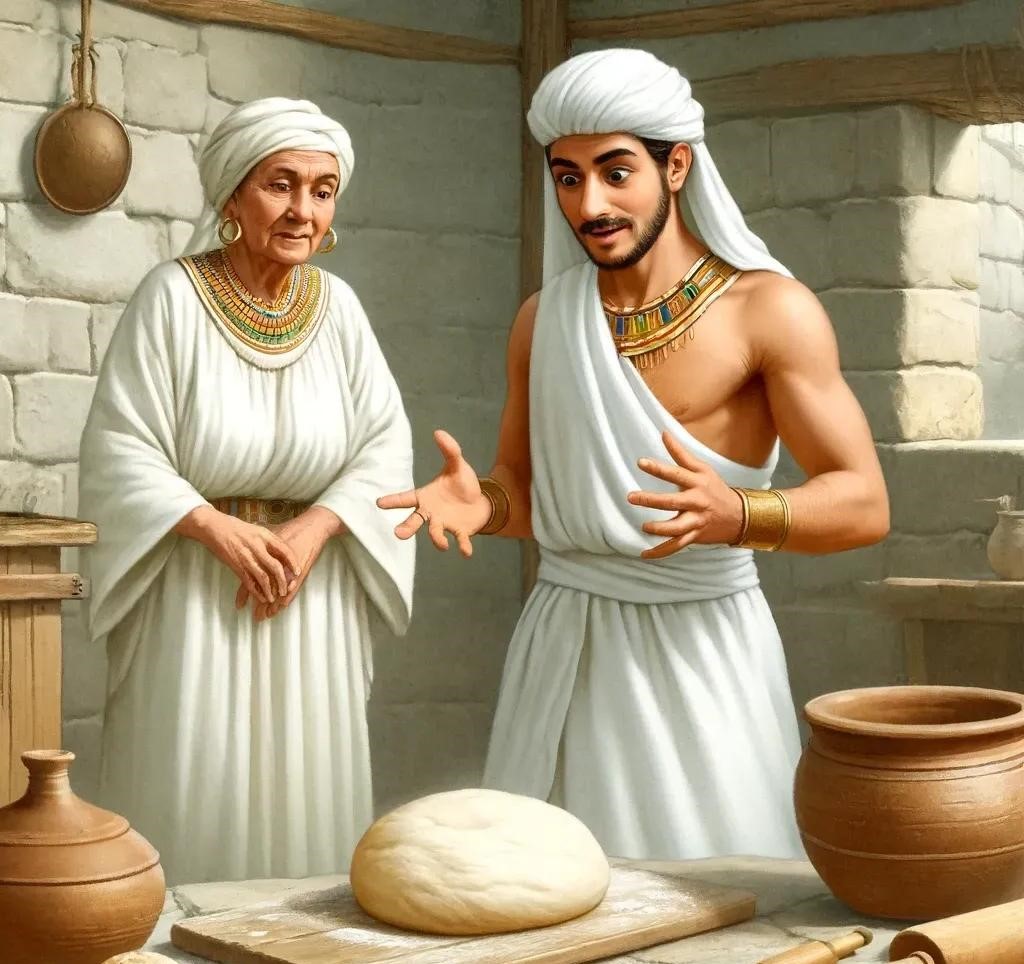
The Origins of Beer: A Happy Accident?
Fermentation occurs naturally when sugar meets wild yeast, producing alcohol and carbon dioxide:
Early humans may have stumbled upon beer even before bread. Picture an ancient grain storage jar getting wet, causing the wheat or barley inside to sprout and ferment over time. The malted grain naturally attracted wild yeast, producing an early form of beer.
Since fermentation was happening inside a closed container, the carbon dioxide stayed trapped, resulting in a fizzy, alcoholic brew. Thus, the earliest beer was born—likely in Mesopotamia or Ancient Egypt.

Early Beer Was Nothing Like Modern Lager
The beer from ancient Egypt and Mesopotamia was vastly different from today’s crisp, golden lager. Instead, it was:
- Dark brown in color
- Thick and cloudy with floating grains and residue
- Mildly alcoholic but rich in nutrients
- Consumed through straws to avoid drinking solid sediments
This early beer was packed with carbohydrates, vitamins, and proteins, making it more of a meal substitute than a recreational drink.
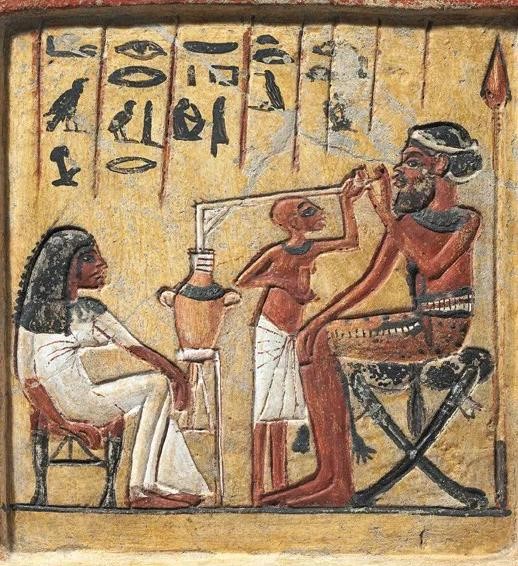
Bread Dipped in Beer: A Tradition Born from Necessity
With beer being a staple drink and bread emerging as a primary food source, combining the two became a logical and practical choice.
- Beer could soften stale bread, making it easier to eat.
- Bread provided a solid base, complementing beer’s liquid texture.
- Leftover bread crumbs could even be fermented into beer, completing the cycle!
As leavened bread spread, the practice of dipping bread in beer became common, particularly for hard, dry loaves. This habit endured for centuries and can still be seen in various cultures today.
Final Thoughts: The Lasting Legacy of Bread and Beer
Bread and beer, two of the most fundamental human food inventions, are more than just sustenance—they shaped civilization itself.
From ancient Egypt to today’s artisanal bakeries and craft breweries, the symbiotic relationship between bread and beer continues to evolve, bringing people together through shared traditions and timeless flavors.
So next time you enjoy a crusty loaf or a cold pint, remember—you’re taking part in a history thousands of years in the making!





